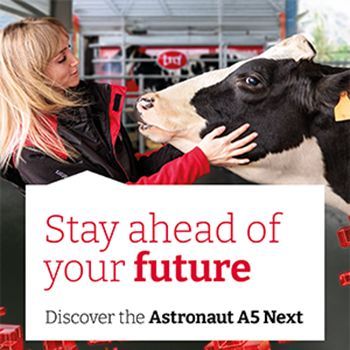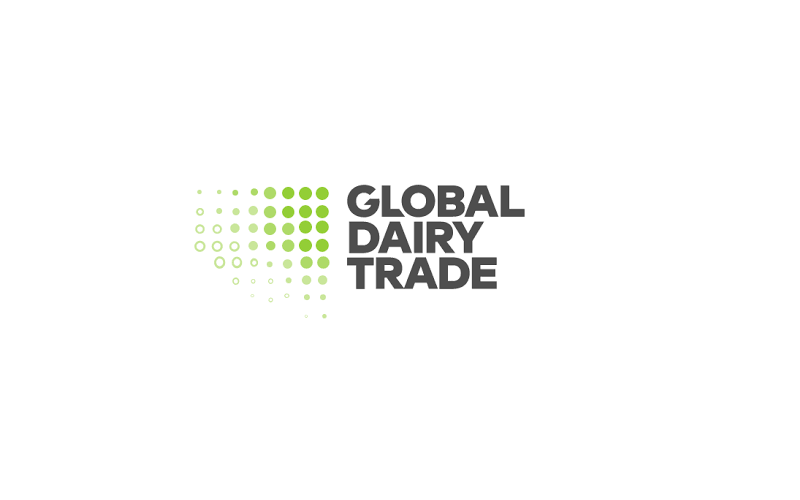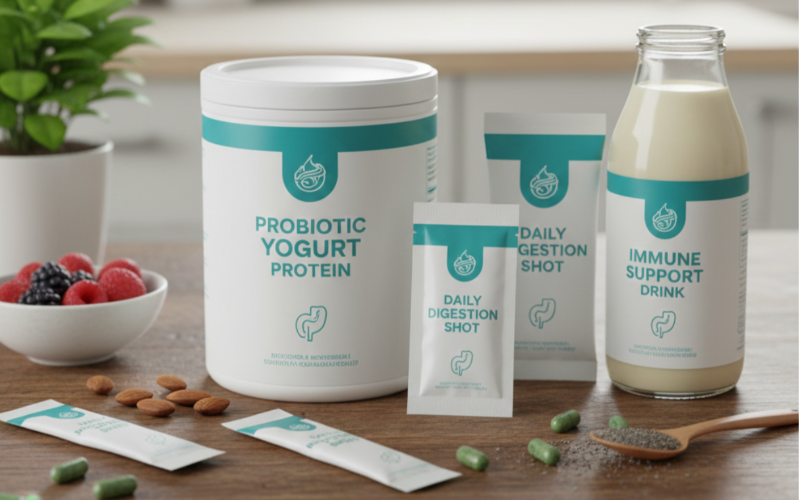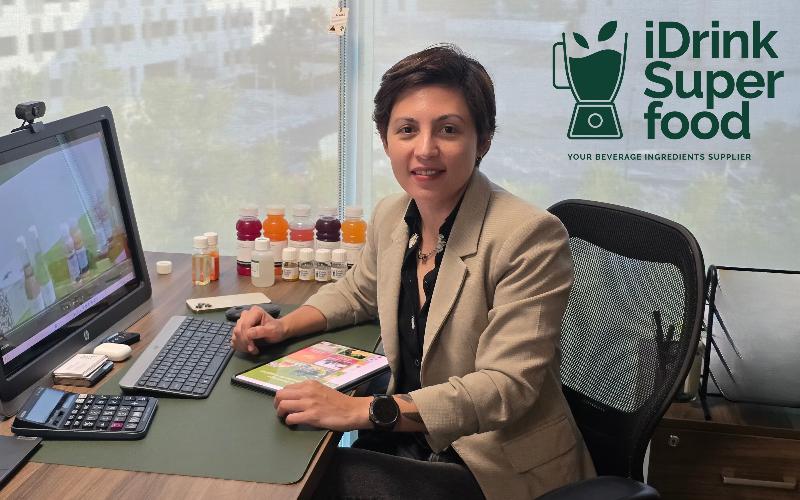The Beef-on-Dairy Revolution: How Genetics is Driving Profit
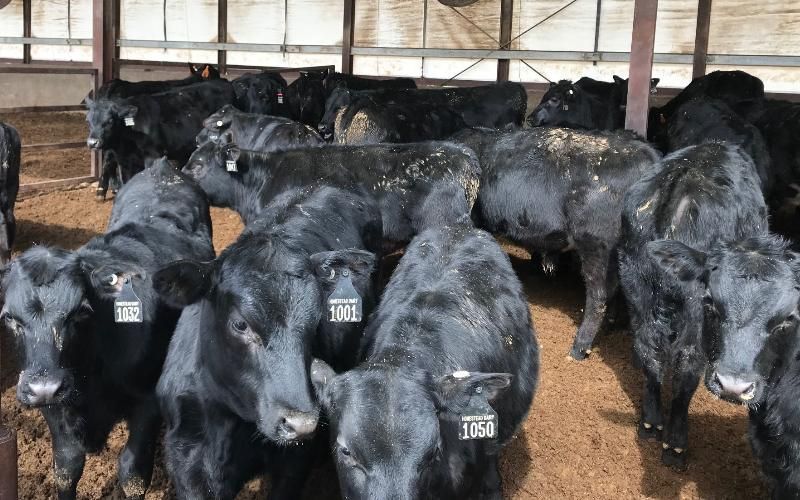
Success in this lucrative hybrid model hinges critically on establishing the correct nutritional foundation early in the animal’s life. Industry experts, such as Laurence Williams of Purina Animal Nutrition, emphasize that the initial 20 weeks are crucial for development. This window requires an early investment in specialized feeding programs—combining quality milk replacer and calf starter grain—to ensure the development of premium characteristics like muscularity and superior marbling, thereby maximizing the animal’s potential value at harvest.
Economically, the transition presents dairy farmers with a strategic pathway to profit optimization. While traditionally, dairy bull calves were sold immediately or for minimal returns, the rising market for quality beef incentivizes farmers to either engage in value-added partnerships or retain ownership longer. While most calves still leave the dairy farm within the first week, this retention choice is becoming more significant, compelling operators to carefully weigh the potential for substantially higher financial returns against the associated developmental costs and risks of extended nurturing.
The speed of this transformation is validated by hard industry data and commitment. The 2025 Farm Journal State of the Dairy Industry report indicates that nearly three-quarters of dairy operators are now engaged in at least one Beef on Dairy practice, with breeding and raising being the most common methods. Furthermore, the National Association of Animal Breeders (NAAB) reported a significant leap in adoption, with beef-on-dairy semen sales in the U.S. growing by approximately 317,000 units in 2024, signaling robust investment in this genetic strategy.
This cross-industry collaboration is viewed by experts, including Texas Tech’s Dale Woerner, not as a trend but as a long-term solution fundamentally reshaping the livestock market. By injecting high-quality crossbred genetics, often with Angus influence, into the supply chain, dairy producers are ensuring a more consistent and reliable flow of premium, tender beef cuts. This transformation ensures the dairy sector is now an indispensable contributor to global beef production, filling essential market gaps and capitalizing on consumer desire for quality.

